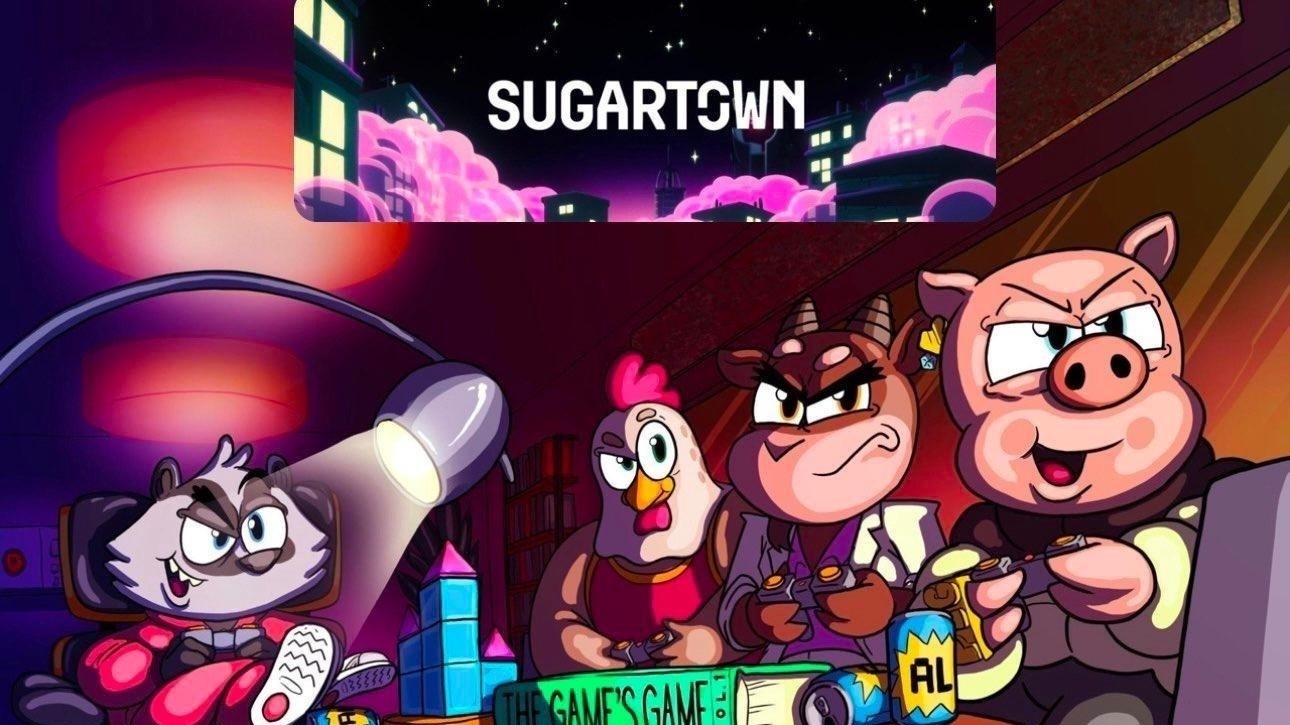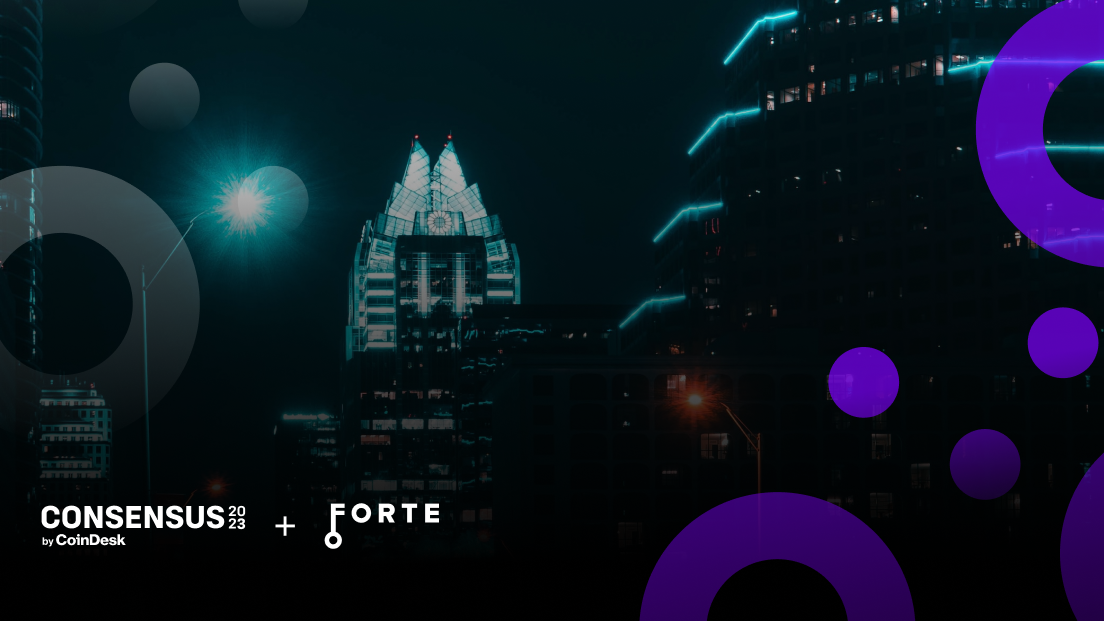When we talk about networks, it’s important to underscore that not all networks are alike. For instance, AT&T, AOL, Facebook, League of Legends, Uber, and Roblox are all “operator” networks, or closed networks, as is the case for most commercially developed networks.
In a truly open network, there are no direct incentives for the network developer, and the developer does not extract value from its participants. The best example of a true open network is the internet itself, and all of its underlying protocols (TCP/IP, SMTP).
In operator networks, the developer is incentivized to extract value from the network to make the network grow. Growth means more participants and more interactions between participants, and thus more network value to be extracted.
This value extraction can be direct — the network developer can charge fees from participants for its use — or it can be indirect, where the developer does not charge end users for use of the network, but instead monetizes the user base in another fashion, often by selling data or selling “eyeballs” (e.g., advertising).
Both open and operator networks face challenges that can limit their growth. Open networks are often dominated by early participants, and are also vulnerable to the “tragedy of the commons,” where the absence of a central controlling authority leads to network abuse by participants, lack of maintenance of the network and slow or no response to threats or problems.
Operator networks, meanwhile, tend to encourage exploitative behavior by operators, which in turn leads to weak loyalty from network participants, and even open revolt or flight when exploitation exceeds the threshold of a network’s perceived value.
Is there an option that avoids the issues that are associated with both open and operator networks?
There is. The decentralized Internet, built around the innovation of blockchain, enables the creation of more open operator networks, which are less dependent on a central intermediary. Well-designed blockchain networks allow value to be transferred directly between network participants, rewarding participants for network growth and their contributions to it, while still providing value to developers and incentivizing them to maintain and invest in the network’s continued support. And by ensuring that network participants and developers are both stakeholders in the network and aligning their agendas — both win when the network grows — it avoids many of the circumstances that trigger the extraction imperative.
Based on our simple definition of a network as “a collection of participants who are using a given system and the connections between them,” games certainly qualify as networks. Multiplayer online games like League of Legends are self-evidently networks. But so are player-vs.-player online games like FIFA Online that depend on matchmaking. Valve’s Steam distribution channel is a network, as are Xbox Live and Playstation Network — they’re multi-sided marketplace networks with developers offering games for sale to players and players seeking new games to buy. (These games in turn are also frequently networks, which means these platforms are networks of networks.)
Even solo puzzle games like King’s Candy Crush are reliant on networks in a range of ways. As a mobile app, it’s sold via the iOS App Store and Google Play, both of which are marketplace networks that run on mobile devices, which are dependent on cellular networks. Within the game itself, Candy Crush has a system that allows you to request extra lives via your Facebook network, and a leaderboard that shows where you are in the Candy Crush “journey” relative to your friends, encouraging FOMO and increased activity by friends who may be behind you on the path.
Game networks can adopt the paradigm of the decentralized Internet, and new game platforms can be designed to incorporate a blockchain-based economy—a topic we’ll be exploring at length.
Want to learn more about the key differences between operator and open networks? Read our in-depth article here.



